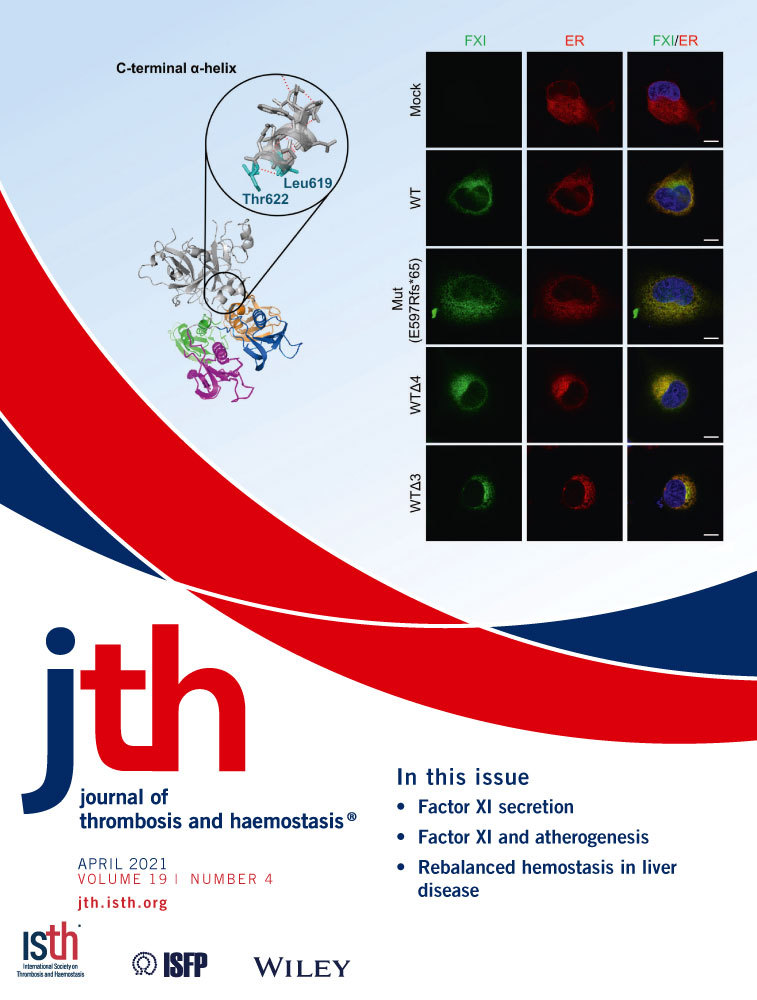The relationship between DOAC levels and clinical outcomes: The measures tell the tale–Response from original authors Lijfering et al
Manuscript handled by: David Lillicrap
Brunetti and Bo1 raised a number of comments to our recently published Forum Article2 on the potential benefits of measuring anticoagulation levels in patients who use direct oral anticoagulants (DOACs). We would like to respond to these comments. First, Brunetti and Bo argue that “major bleeding incidences observed in DOAC experimental and observational studies are quite reassuring”, thereby referring to major bleeding rates (1.6%–2.3% per year) among elderly individuals not receiving antithrombotic therapies.3 We agree that major bleeding is a multicausal disease and that DOACs are not the only factor that can induce bleeding. Still DOACs have, like all anticoagulants, the side effect of bleeding, as for instance has been shown in placebo-controlled trials in which the risk of major or clinically relevant bleeding is elevated for DOAC use.4 In a recent trial among elderly Japanese patients who were not appropriate candidates for standard doses of DOAC therapy for atrial fibrillation due to various reasons (impaired kidney function, major bleeding history, low body weight, or continuous use of nonsteroidal anti-inflammatory drugs or antiplatelet drugs), patients were randomized to a low dose (15 mg once daily) of edoxaban or placebo.5 The annualized rate of major bleeding was 3.3% in the low-dose edoxaban group and 1.8% in the placebo group (hazard ratio, 1.87; 95% confidence interval [CI], 0.90–3.89), emphasizing the contribution of even low-dose edoxaban to a substantial increased risk of the annual major bleeding rate.5 As such, there is room for improvement in decreasing the number of bleeds (and herewith associated mortality, comorbidity, and health-care costs) among patients who are anticoagulated with DOACs. Second, we agree with the authors that a careful medical history and identification and management of risk factors for bleeding are important in the individual patient. In fact, we stress this issue in our Forum Article by arguing that measuring DOAC may be most optimal in patients who are at a priori high risk of bleeding such as patients with impaired kidney function. The presence of such risk factors, however, does not imply the absence of a potential relationship between DOAC plasma concentrations and outcomes. In the cohort study mentioned by Brunetti and Bo,6 the risk of major bleeding among atrial fibrillation patients receiving no anticoagulation, vitamin K antagonists (VKA), or DOAC increased “only mildly (1.4 vs. 2.3 and 2.2 per 100 patient-years, respectively).” What remains unknown, however, is whether there were differences in DOAC plasma concentrations between patients who had a major bleeding event versus those without. Several studies have shown that there is a dose response between DOAC plasma concentrations and major bleeding events.7-10 We agree with the authors that a focus on modifiable risk factors is a priority, and dose-adjustments based on DOAC drug levels11 could potentially be one of those.
Third, Brunetti and Bo mention that “both in the ROCKET-AF and in the ARISTOTLE trial, risk of major bleeding was consistently higher among those receiving reduced doses of rivaroxaban and apixaban, respectively.” This is true. The reason for this is that patients who received reduced doses of DOAC in those trials had underlying comorbidity like impaired kidney function and being elderly people (in other words: per the protocol of these trials, these patients received a reduced DOAC dose).12, 13 Patients with impaired kidney function and elderly people have less stable and more unpredictable clearance of DOAC levels.14, 15 This was shown for instance in the RELY trial, in which the magnitude of the effect of dabigatran plasma concentrations on thromboembolism and major bleeding was strongly related to clinical characteristics like older age and impaired kidney function.7 This does not imply that “these findings strongly suggest that patient's characteristics (including older age, […]) rather than anticoagulant activity are major drivers of clinical events in this population,” for the precise reason (as Brunetti and Bo state) that “On-label use of reduced doses is not synonymous of low DOAC plasma concentrations,” which is a crucial addition.
Brunetti and Bo furthermore state that “the use of plasma concentrations requires consistent proof of relatively low intra-patient DOAC level variability.” Currently, it is not well known whether DOACs have a high or low between- and within-person variability, due to the lack of studies on this issue as we acknowledge in our Forum article.2 But absence of evidence is not similar to evidence of absence. In a cohort study among atrial fibrillation patients, high between-individual variation but low within-individual variation in DOAC plasma levels was identified.16 This suggests that DOAC plasma level measurement soon after treatment initiation could give an acceptable impression of future DOAC plasma levels, but as also stressed in our Forum article, more research on this is needed before solid conclusions can be made.
CONFLICTS OF INTEREST
The authors state that they have no conflicts of interests.
AUTHOR CONTRIBUTIONS
Myrthe M. A. Toorop, Willem M. Lijfering, and Luuk J. J. Scheres were the main investigators of the manuscript. Myrthe M. A. Toorop wrote the first draft of the manuscript and Willem M. Lijfering wrote the final version. Myrthe M. A. Toorop, Willem M. Lijfering, and Luuk J. J. Scheres were responsible for review of the manuscript.




